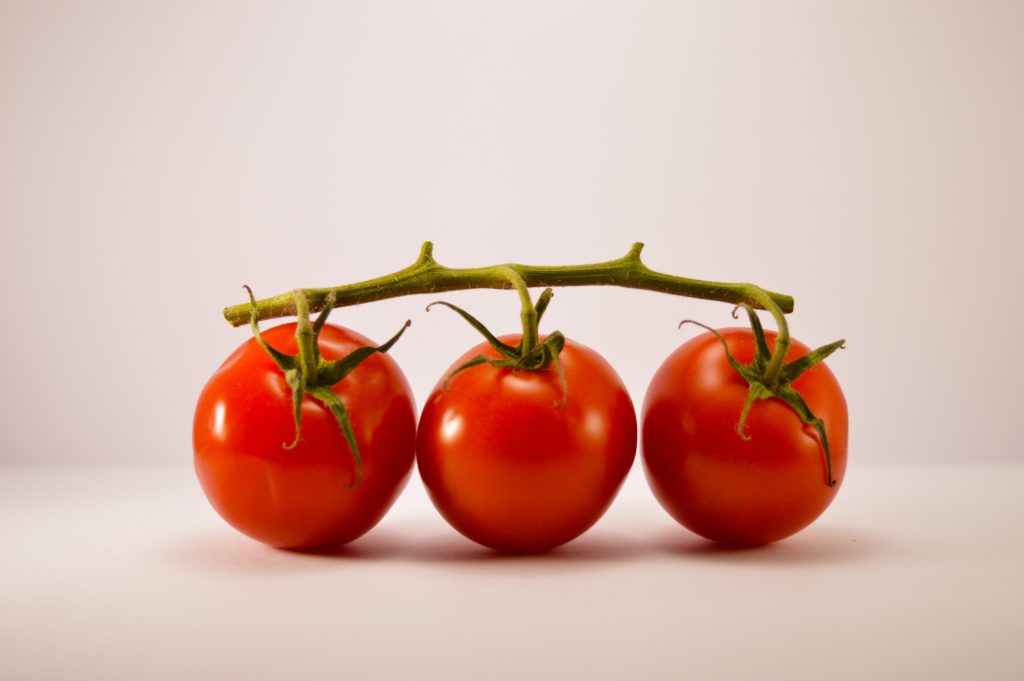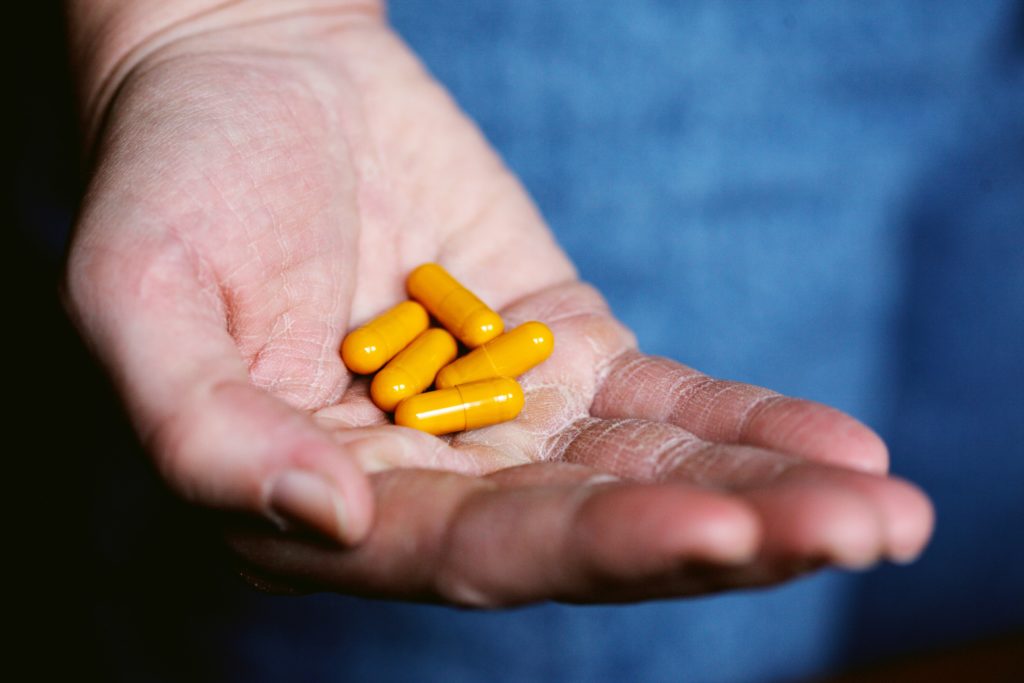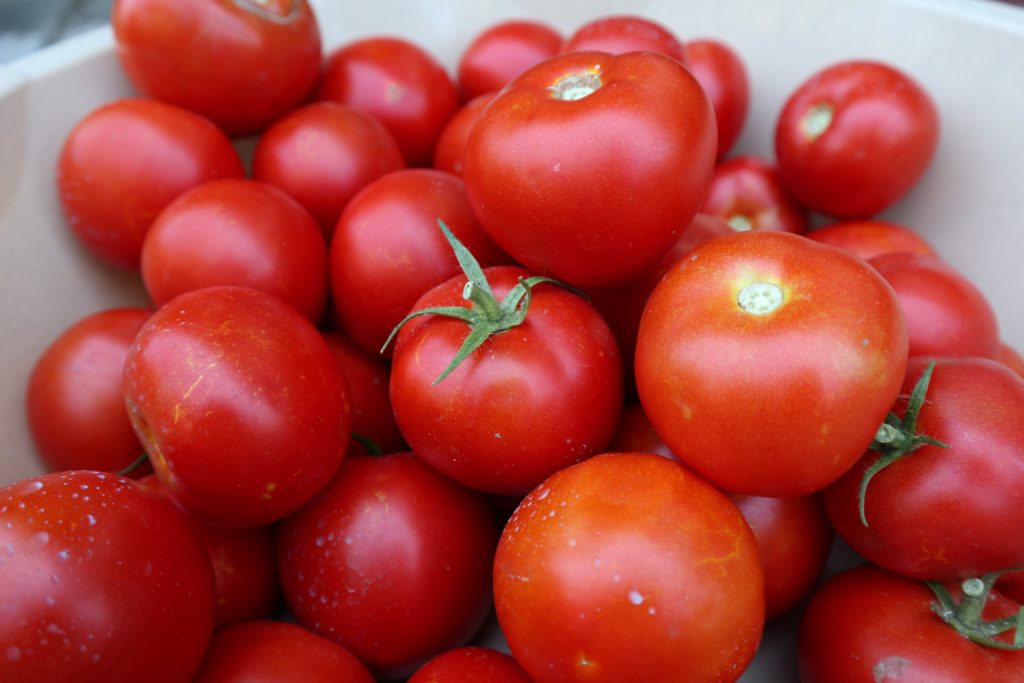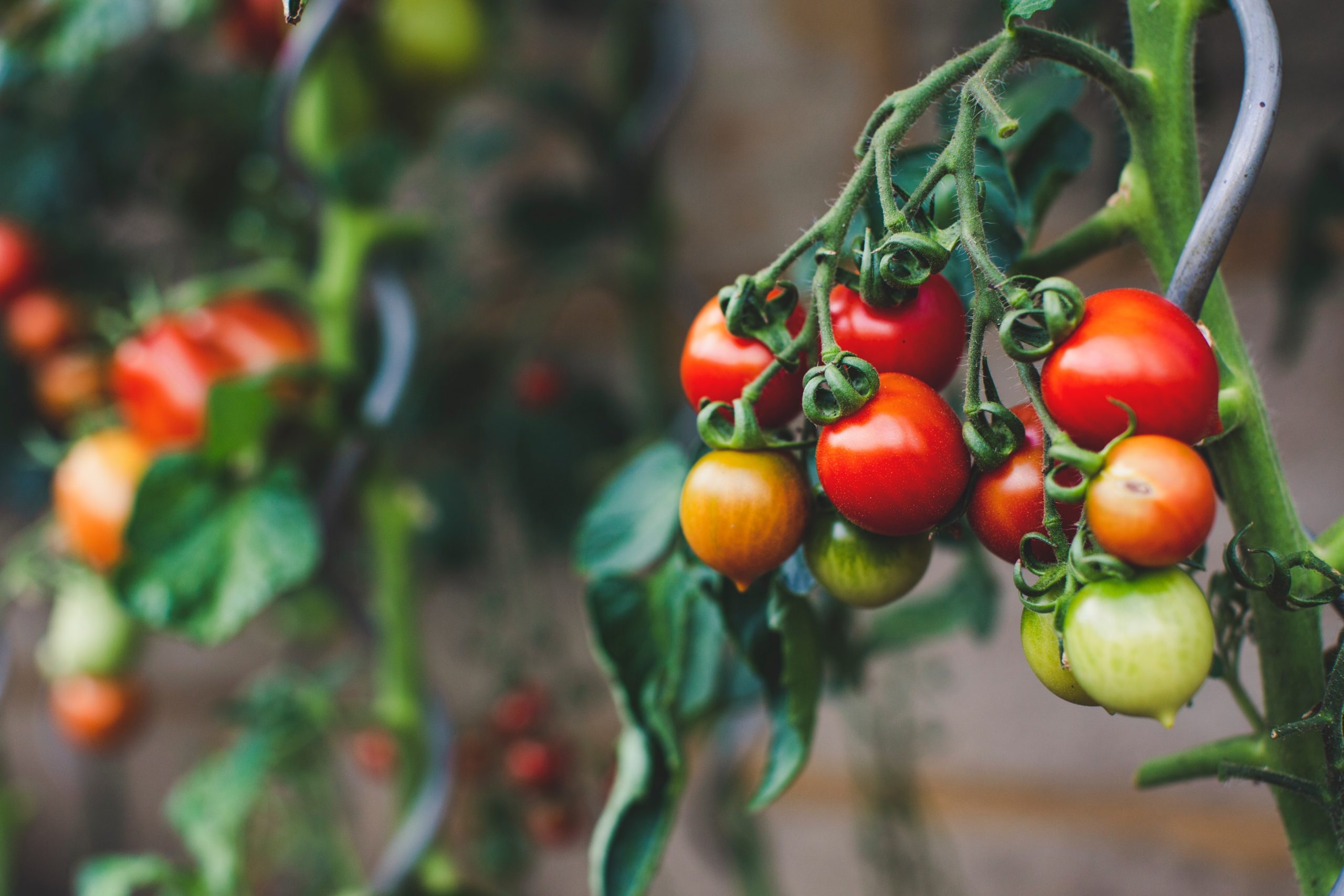3 Mins Read
Biologists in Norwich have used CRISPR technology to alter the genetics of tomatoes. The result is enzyme inhibition that prevents a vitamin D precursor from being converted into cholesterol. The British scientists claim that eating two gene-edited tomatoes a day will alleviate common vitamin D deficiencies in most consumers.
The process of editing the genetics of the tomatoes will push them into the U.K.’s novel foods category, but they will not be deemed as genetically modified organisms, in a bid to shorten approval times.

Access to vitamin D
Approximately one billion people are currently living with a vitamin D deficiency. Up to 40 percent of U.S. adults are considered to be lacking in it. Common symptoms include extreme fatigue, regular bouts of illness, generalised body pain, depression, weight gain, and hair loss.
Not all vitamin D is plant-based. D2 is fully vegan-friendly but D3 is commonly derived from animal sources, including sheep’s wool. Lichen-based D3 is the vegan alternative but is frequently more expensive and harder to find.

How soon can the tomatoes be eaten?
The U.K. government submitted a bill this month, to differentiate between gene-edited food and genetically modified organisms. It is designed to allow the former to come to market sooner and with less administrative red tape. However, the new vitamin-D-enriched tomatoes still face delays. Sourcing commercial growers presents a potential bottleneck in the process.
The fruit breakthrough came by editing the SI7-DR2 gene. The change prevents tomato plants from producing an enzyme that transforms provitamin D3 into cholesterol. Scientists at the John Innes Research Centre in Norwich claim that the adaptation did nothing to affect the plant’s look, growth pattern or yield of developed fruits.
Gene-editing was selected as a path to faster progress due to the anticipated difficulty in breeding plants to reach the same results. Cathie Martin, a biologist at the John Innes Centre told New Scientist that it would have been a “very difficult” process and one that would have likely taken at least 10 years. The gene-editing project accomplished the desired results in 1.5 years.

Will the gene-edited tomatoes be more expensive?
No projected costs have been released for the gene-edited tomatoes but Martin hypothesised that they should have price parity with conventional fruits. The plants are set to be grown outdoors, to assess how much vitamin D they make, but the inclement U.K. weather could necessitate artificial lighting, which will influence cost. It has been suggested that growers might be able to supplement their income by selling the vitamin-D infused tomato plant leaves, but this is not confirmed as a viable option yet.
The rise of CRISPR-powered foods
Last month, North Carolina startup Pairwise revealed it is working on fully transparent gene-editing techniques. It aims to increase the appeal of fruits and vegetables by removing the elements that consumers are put off by. Eventually, this could include pitless cherries, seedless fruits and blackberries grown without thorns. Initially, CRISPR technology is being used to harness the potential of mustard greens as an alternative to arugula or spinach. Pairwise secured $90 million in a Series B raise last February for continued platform growth.
Lead photo by Markus Spiske at Unsplash.




